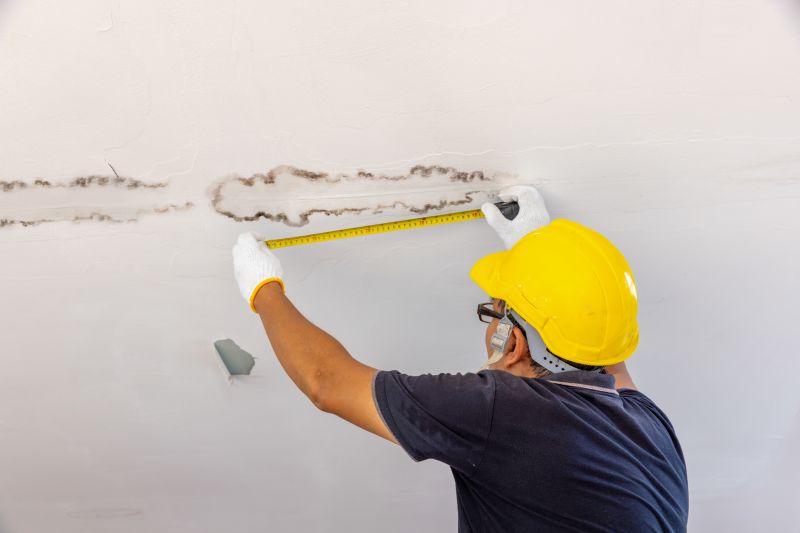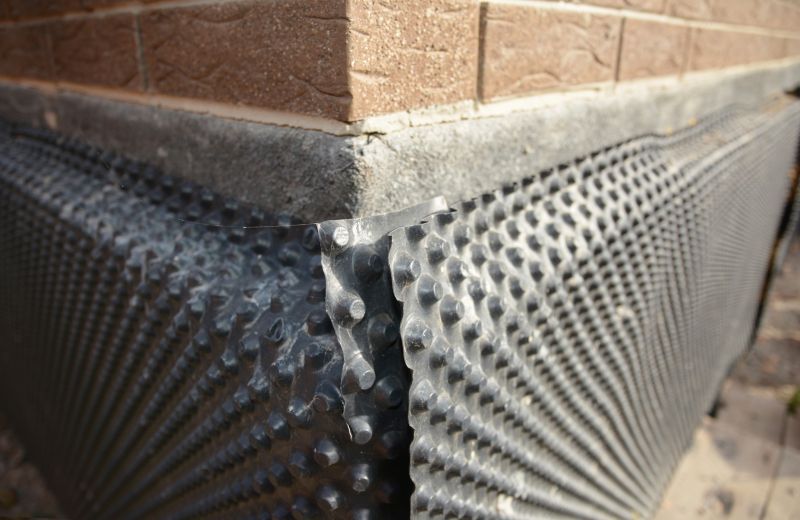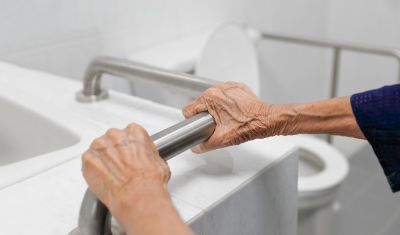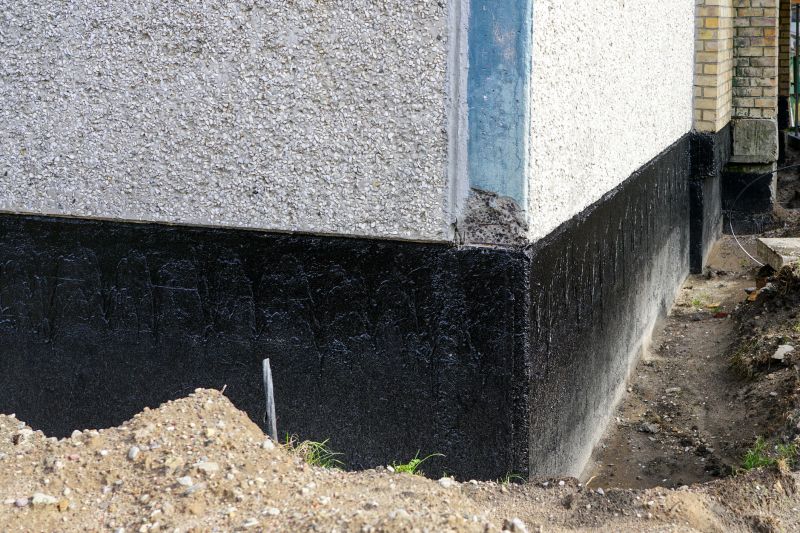Optimal Timing for Waterproofing Projects
Proper timing for waterproofing projects ensures optimal adhesion and durability. Weather conditions, temperature, and moisture levels significantly influence the effectiveness of waterproofing applications. Typically, the best time to undertake waterproofing is during dry, mild weather periods when temperatures are consistently above freezing and humidity levels are moderate.
Spring and early fall are ideal due to stable weather and moderate temperatures, reducing the risk of moisture interference.
Avoid waterproofing during heavy rain, snow, or extreme heat, as these conditions can compromise application quality.
Most waterproofing products perform best between 50°F and 85°F, ensuring proper curing and adhesion.
Dry weather minimizes moisture exposure, which is critical for the longevity of waterproofing layers.

Ways to make Waterproofings work in tight or awkward layouts.

Popular materials for Waterproofings and why they hold up over time.

Simple add-ons that improve Waterproofings without blowing the budget.

High-end options that actually feel worth it for Waterproofings.

Finishes and colors that play nicely with Waterproofings.

Little measurements that prevent headaches on Waterproofings day.
Waterproofings are essential for protecting structures from water intrusion, which can lead to damage, mold growth, and structural deterioration. Proper waterproofing extends the lifespan of buildings and reduces maintenance costs. Different types of waterproofing materials, such as liquid membranes, sheet membranes, and sealants, require specific conditions for optimal performance. Understanding the best timing for application ensures these materials cure properly and provide lasting protection.

A 60-second routine that keeps Waterproofings looking new.

A frequent mistake in Waterproofings and how to dodge it.

Small tweaks to make Waterproofings safer and easier to use.

Lower-waste or water-saving choices for Waterproofings.
| Season | Ideal Conditions |
|---|---|
| Spring | Dry, mild temperatures, moderate humidity |
| Early Fall | Stable weather, no rain, mild temperatures |
| Summer | Possible but avoid peak heat and high humidity |
| Winter | Not recommended due to freezing temperatures |
| Late Fall | Prepare before cold weather sets in |
Choosing the correct time for waterproofing projects can significantly impact their effectiveness and longevity. Planning during favorable weather conditions ensures proper curing and adhesion of waterproofing materials. Consulting with professionals can help determine the best timing based on specific project requirements and local climate patterns.

